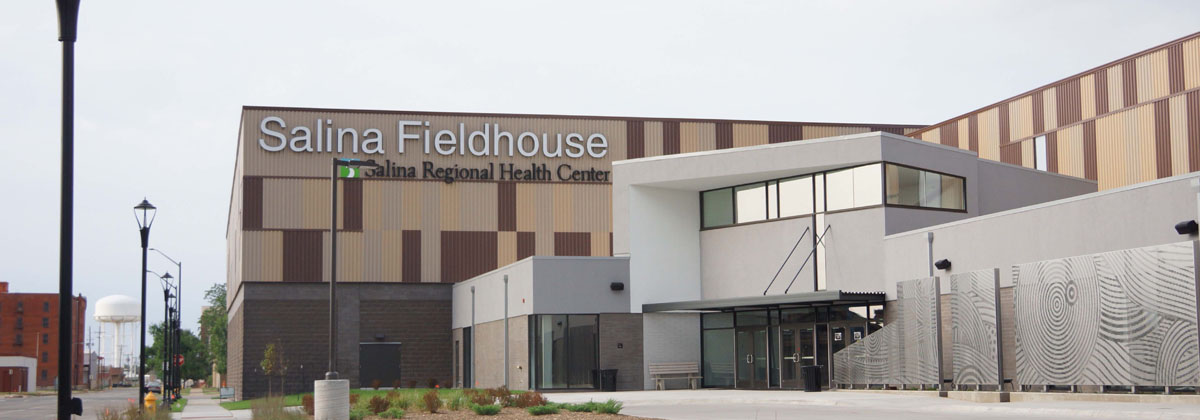Population and Demographics
The City of Salina is located in north cental Kansas, near the geographic center of the contiguous United States. It is the seventh-largest city in Kansas with a 2000 U.S. Census Bureau estimated population of over 45,679. Continued growth has brought the population to well over 51,000.
Situated at the intersection of I-70 and I-135, the City of Salina is at the center of one of the largest wheat producing areas in the world. Wichita, KS, the state's largest city, is 95-miles to the south along I-135. Kansas City, MO is 180-miles to the east via I-70. Denver, CO is 425-miles to the west on I-70.
Demographic Information
Population — 2008: 51,000
Males: 49%
Females: 51%
Elevation: 1,125 feet above sea level
County: Saline
Land area: 22.7 square miles
Zip codes: 67401 and 67402
Median resident age: 35.3 years
Median household income: $36,066
Median home value: $83,900
Demographic information is provided courtesy of the Salina Area Chamber of Commerce.
Things you'll want to know about Salina
- It's located in the middle of the U.S. – the same distance – 1,490 miles from Los Angeles and New York City.
- Salina is located in Saline County, which has a population of 51,000.
- There are 23 parks, four golf courses (two public), eight museums and galleries and 240 civic clubs and organizations.
- The climate is typical for the Midwest: average annual rainfall is about 30 inches; average high temperature during the winter months is 39 degrees, and the average high temperature during the summer months is 91 degrees.
- There are about 70 churches representing nearly every denomination.
- The Bicentennial Center, with a 7,200-seat arena and 40,000 square feet of exhibition space, is the home for a variety of entertainment performances, trade shows and sporting events.
A story of economic health
Salina's economy remains strong because of our diverse economic base. In addition to our rich agricultural history, Salina is home to significant manufacturing plants, including: Philips Lighting, the largest manufacturer of fluorescent light bulbs in the world; Schwan's Global Supply, the city's largest employer and the worlds largest manufacturer of frozen pizza; Exide Technology, Great Plains Manufacturing, Raytheon Aircraft and numerous cabinet-making businesses.
Salina's location was a significant factor in the establishment of Camp Phillips Army Post and Smoky Hill Army Air Base in 1942. After World War II, the Army post was closed and Smoky Hill Army Air Base became Schilling Air Force Base. At one time, more than 40,000 people were associated with military installations in Salina. Schilling's closure in 1965 presented a considerable challenge to Salina. It also left valuable resources that included land, buildings and an airport with one of the country's longest runways. The community chose to build on the closure of the base and developed the Salina Airport Industrial Area. This area of 3,200 acres has become one of Salina's primary focus points for industrial development and is governed by the Salina Airport Authority. Almost 50 different businesses and industries are located there.
Recently, Salina was ranked 27th out of 219 cities in the United States to live in by the Rating Guide to Life in America's Small Cities. Included among many other attributes were low violent crime, availability of medical care and high per capita income.

